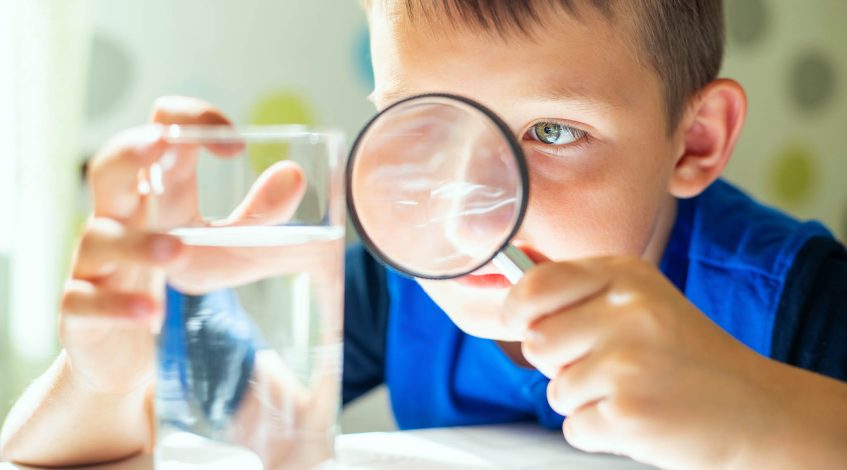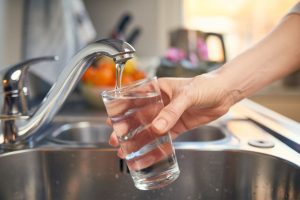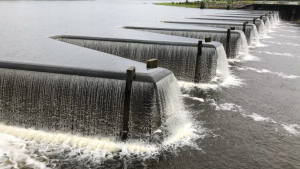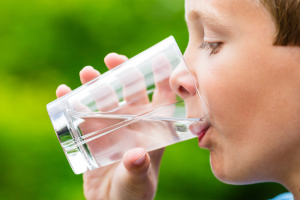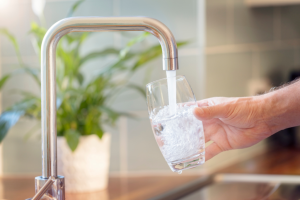You know that feeling when you turn on the tap and expect clean, crisp water? Well, if you’re living on the Sunshine Coast, that’s usually what you get—most folks around here trust what’s coming out of their taps without a second thought. And fair enough, the region is known for its clean water. But here’s the thing – like anywhere else, there’s a bit more going on beneath the surface. Ever noticed a slight earthy whiff after a stretch of heavy rain? Or that odd metallic tang in older homes? That’s because your water’s journey from dam to kitchen sink isn’t always straightforward. Knowing where your water comes from, and how it’s treated along the way, not only helps you stay one step ahead when it comes to your family’s health, but it can also save you headaches with your home’s plumbing down the track.
Where Does Sunshine Coast Tap Water Come From?
Here on the Sunshine Coast, the majority of the region’s drinking water is drawn from picturesque local dams like Baroon Pocket, Ewen Maddock, and Lake Macdonald. These storages are fed by pristine catchment areas, but they’re also vulnerable to seasonal changes and weather events. Remember those torrential rains back in 2022? Local authorities had to increase treatment processes to manage elevated sediment and organic matter in the water supply. That’s how closely our drinking water is tied to the local environment.
The treated water is then distributed via facilities like the Landers Shute Water Treatment Plant, which is one of the region’s most critical assets, supplying water to areas from Caloundra to Maroochydore and beyond.
How Is the Water Treated?
The tap water supplied to Sunshine Coast homes undergoes a multi-step treatment process, including coagulation, filtration, UV disinfection, and chlorination. This isn’t just to make the water look clear. It’s to ensure it’s free from harmful bacteria, viruses, and parasites, especially after big storm events that can stir up the catchments.
Every batch of water is tested and monitored by Seqwater and Unitywater, with thousands of samples collected every year. These tests look at everything from turbidity levels to E.coli counts, ensuring compliance with the strict Australian Drinking Water Guidelines.
Is Sunshine Coast Tap Water Safe to Drink?
Overall? Yes. The water meets or often exceeds Australian standards for drinking water quality. But some locals do report the occasional earthy taste, especially in hinterland suburbs like Maleny or Nambour, where aging pipes or biofilm build-up can slightly impact taste and smell. In older homes, it’s not unusual for residents to flush taps for 30 seconds in the morning to clear stale water that’s been sitting overnight in pipes. It’s a handy tip, especially in areas with older plumbing networks.
Water Hardness and Taste
Sunshine Coast water is classified as soft, with low levels of calcium and magnesium. This is great news for anyone tired of scrubbing limescale off taps and appliances. The softness also makes the water feel silky when washing hair or clothes. That said, some people find soft water has a slightly ‘flat’ or chlorinated taste, especially those moving from areas with naturally hard water. Taste can also vary during algae blooms in the warmer months, which occasionally cause musty odours, something Seqwater tackles with extra activated carbon treatments when needed.
Fluoridation
Yes, the water here is fluoridated, though that wasn’t always the case. Back in 2013, there was a bit of a stir when Noosa Council opted out of fluoridation, only for it to be reintroduced in later years due to state health recommendations. Today, Unitywater follows the Queensland Health directive, keeping fluoride levels between 0.6 and 0.8 mg/L to support dental health across the region.
Should You Use a Water Filter?
For most households, Sunshine Coast tap water does the job just fine. But, let’s be honest, some people are more sensitive to that chlorine aftertaste, while others might be dealing with the tell-tale signs of aging galvanised pipes—think rusty, discoloured water first thing in the morning. In cases like these, a simple under-sink carbon filter can work wonders, stripping out that unwanted taste and giving you extra peace of mind. Interestingly, local plumbers, including the team at Sunshine Coast Plumbing & Hot Water, have seen a noticeable uptick in homeowners installing not just water filters but also rainwater tanks over the past few years. It seems more and more residents are keen to take back control over their water quality and supply, whether it’s for drinking, gardening, or keeping a little backup on hand during dry spells. For folks out on tank water, or those connected to older rural water networks, stepping up to a reverse osmosis system is also becoming pretty popular—especially among households wanting to filter out those hard-to-spot extras like fluoride or even microplastics, which are popping up more in health chats these days.
Final Thoughts
Sunshine Coast’s tap water is safe, well-managed, and monitored 24/7. But being informed puts you in control. Whether you’re a die-hard straight-from-the-tap drinker or you prefer the reassurance of installing a water filter in your Sunshine Coast home, knowing the facts helps you make the best choices for your family and your plumbing. If you’re curious about your home’s plumbing condition or want to explore filtration upgrades, why not get in touch with the best local Sunshine Coast plumbers today? They know the quirks of Sunshine Coast homes and the pipes hiding behind your walls better than anyone. It takes just 30 seconds to get a quote with Best Plumber Club!

